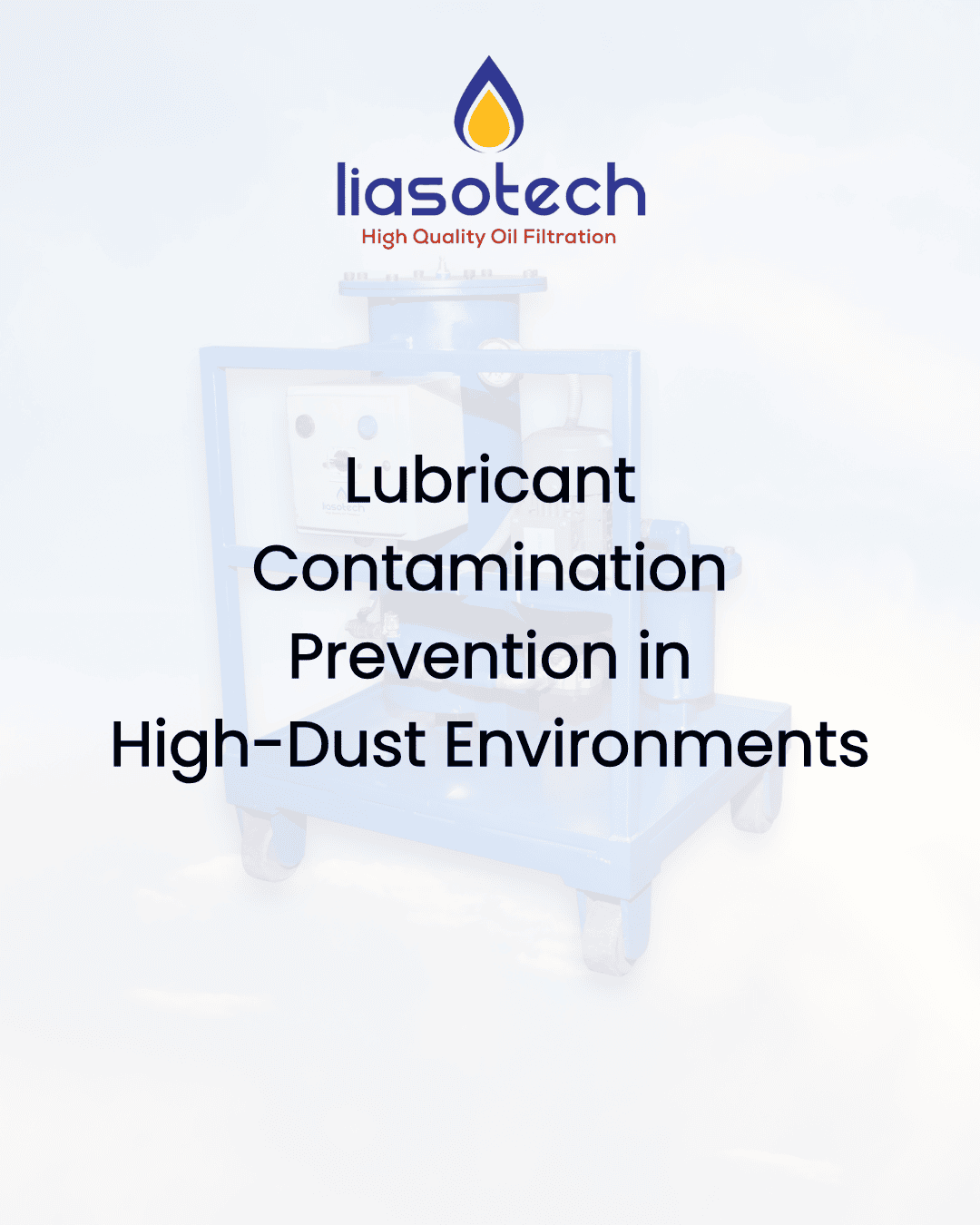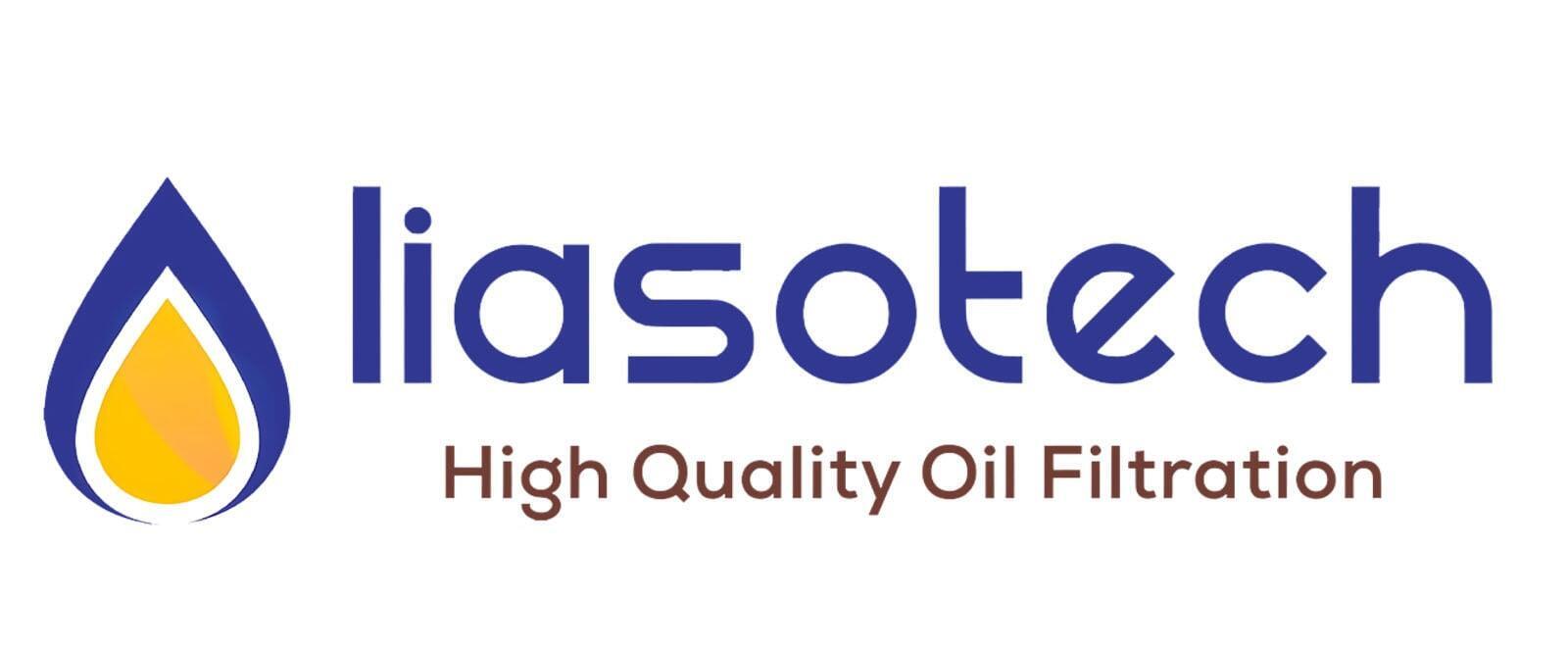
High-dust environments present significant challenges for machinery maintenance teams. In industries such as mining, cement production, construction, agriculture, and woodworking, airborne particulates pose a constant threat to lubrication systems. When dust infiltrates lubricants, it accelerates wear rates, reduces equipment lifespan, and increases downtime. This article explores effective strategies for preventing lubricant contamination in these challenging conditions.
Understanding the Threat
Dust particles act as abrasive agents when they enter lubrication systems. Even microscopic particles can cause severe damage:
- Particles as small as 5-10 microns can initiate surface wear.
Particles exceeding 20 microns can cause immediate abrasive wear.
Hard particles like silica or metal shavings are particularly destructive.
In high-dust environments, contamination doesn't just occur during operation—it happens during maintenance procedures, storage, and transfer operations.
Sealed Lubrication Systems
The first line of defense is creating effective barriers between the environment and your lubricants:
- Implement quick-connect fittings for lubricant transfer
Use sealed bearings where applicable
Install positive pressure systems that prevent dust ingress
Upgrade to higher-quality seals with dust lips or multiple-stage protection
Consider labyrinth seals for rotating equipment in extreme conditions
Filtration Strategies
Robust filtration is essential for high-dust operations:
Install desiccant breathers on reservoirs to filter incoming air.
Upgrade to finer filtration systems (β₅₀₀ > 200 for critical components).
Implement kidney-loop filtration systems for continuous oil cleaning.
Consider dual-stage filtration for extreme conditions.
Schedule filter replacement based on differential pressure rather than time intervals.
Maintenance Practices
Proper procedures significantly reduce contamination risk:
Create clean zones for maintenance using portable enclosures.
Clean equipment exteriors before opening lubrication access points.
Use dedicated, filtered transfer equipment for each lubricant type.
Implement color-coded systems to prevent cross-contamination.
Train maintenance personnel on contamination control best practices.
Operating in high-dust environments doesn't mean accepting shortened equipment life or increased maintenance costs. By understanding contamination sources and implementing appropriate barriers, filtration, and procedures, maintenance teams can effectively protect lubrication systems even in the harshest conditions. The investment in contamination prevention typically delivers significant returns through extended equipment life, reduced downtime, and lower maintenance costs.
